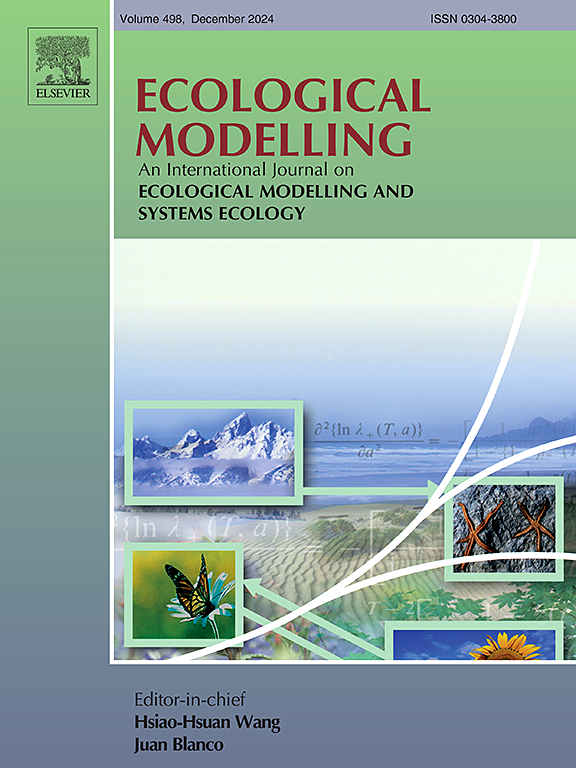Particle tracking modelling in coastal marine environments: Recommended practices and performance limitations
IF 2.6
3区 环境科学与生态学
Q2 ECOLOGY
引用次数: 0
Abstract
Particle tracking models (PTMs) can simulate the dispersal of particulate and dissolved material in the marine environment that are difficult to observe directly – including organic matter and pollutants that may change in composition, biological organisms that can grow and swim, and pathogens that decay and attach to other material. However, the predicted dispersal patterns can carry significant uncertainties, arising from factors such as the accuracy of the driving hydrodynamics, PTM resolution, stochasticity of dispersal simulations, and parameterisation of the behavioural characteristics of the particles (e.g., microplastic settling speeds, eDNA decay, larval swimming behaviour). Numerous PTM software packages are available, offering different parameterisations, meaning that selecting an appropriate PTM to minimise model uncertainties and optimise computational efficiency is important. This review provides a foundational resource and best practices for PTM users, particularly for marine applications. It outlines essential questions that users should ask to help choose the appropriate PTM, and its parameterisation for the intended application. A case study is presented to illustrate potential uncertainties in particle dispersal using three different PTMs. The case study highlights that, in regions with complex coastlines, the land boundary condition can significantly impact particle trajectories and requires careful consideration. This resource will help standardise good practices for configuring PTMs to accurately represent (or account for uncertainty in) dispersal in the marine environment.
求助全文
约1分钟内获得全文
求助全文
来源期刊

Ecological Modelling
环境科学-生态学
CiteScore
5.60
自引率
6.50%
发文量
259
审稿时长
69 days
期刊介绍:
The journal is concerned with the use of mathematical models and systems analysis for the description of ecological processes and for the sustainable management of resources. Human activity and well-being are dependent on and integrated with the functioning of ecosystems and the services they provide. We aim to understand these basic ecosystem functions using mathematical and conceptual modelling, systems analysis, thermodynamics, computer simulations, and ecological theory. This leads to a preference for process-based models embedded in theory with explicit causative agents as opposed to strictly statistical or correlative descriptions. These modelling methods can be applied to a wide spectrum of issues ranging from basic ecology to human ecology to socio-ecological systems. The journal welcomes research articles, short communications, review articles, letters to the editor, book reviews, and other communications. The journal also supports the activities of the [International Society of Ecological Modelling (ISEM)](http://www.isemna.org/).
 求助内容:
求助内容: 应助结果提醒方式:
应助结果提醒方式:


